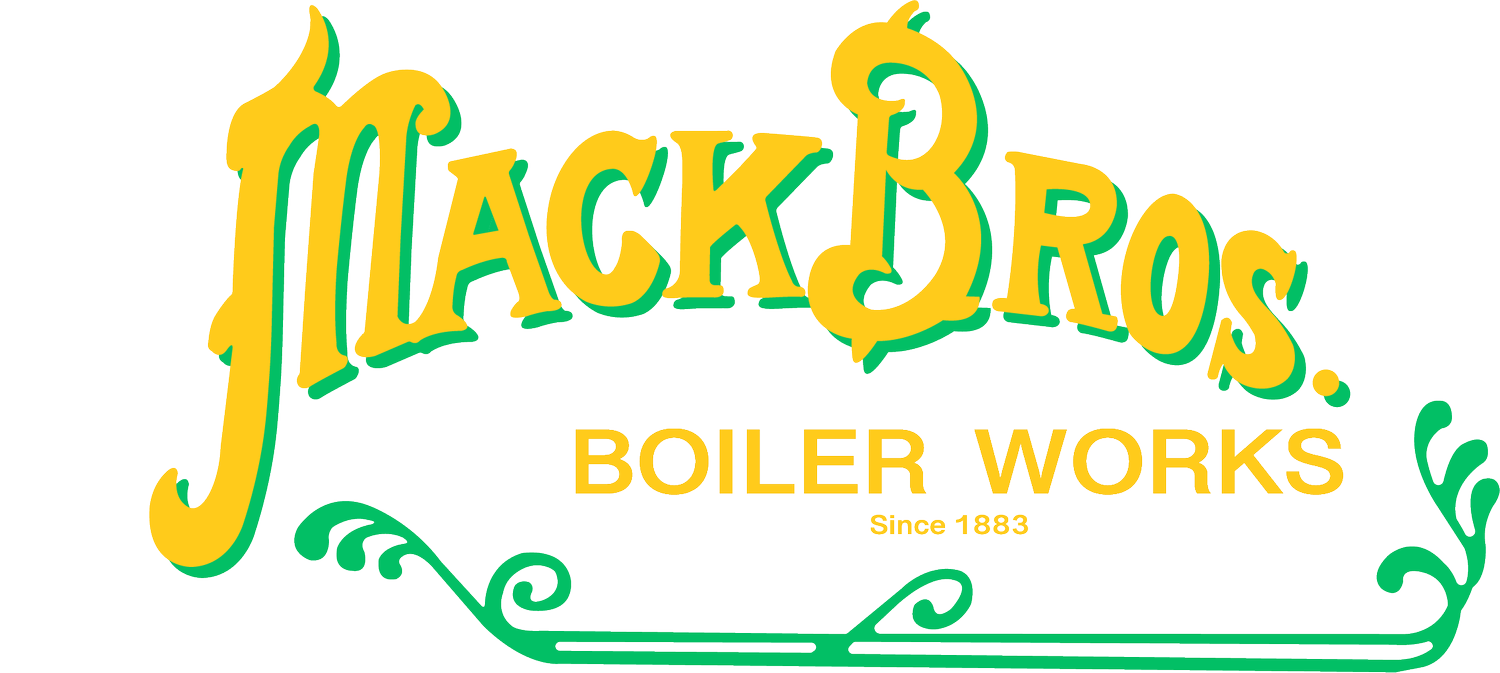Steel’s Historic Upbringing
Steel is one of the most important materials in modern society, and it has a long and fascinating history. The use of iron can be traced back to ancient times, with evidence of ironworking dating back to the Bronze Age. However, it wasn't until the development of steel that iron truly became the backbone of modern infrastructure and industry.
The first known use of steel was by ancient civilizations in India, who produced small amounts of steel by heating wrought iron with charcoal. The process was slow and expensive, and it wasn't until the 17th century that Europeans began to develop their own methods of steel production.
One of the most important developments in the history of steel was the Bessemer process, which was invented by British engineer Henry Bessemer in the mid-19th century. This process involved blowing air through molten iron to remove impurities and create a purer form of iron known as steel. The Bessemer process revolutionized steel production, making it faster and more efficient than ever before.
Another important development in the history of steel was the creation of the open-hearth process, which was developed in the late 19th century. This process involved melting iron and scrap steel together in a large furnace, and was even more efficient than the Bessemer process.
Today, steel is used in everything from buildings and bridges to cars and appliances. Its strength, durability, and versatility make it an indispensable material in modern society. The history of steel is a testament to human ingenuity and the power of technology to transform the world around us. As we continue to innovate and improve upon existing methods of steel production, it's likely that steel will remain a critical material for centuries to come.
